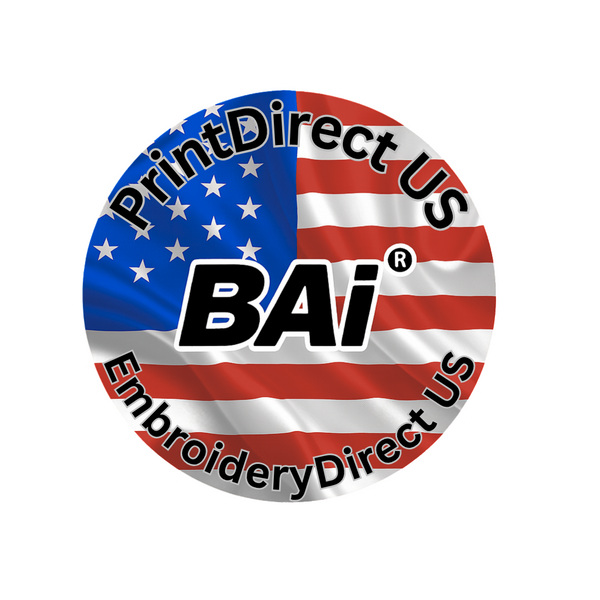DTG Simplified
Share
Understanding Direct-to-Garment (DTG) Printing Direct-to-garment (DTG) printing is a revolutionary technique where sophisticated digital printers effortlessly transfer intricate designs onto garments using cutting-edge inkjet technology. Imagine a futuristic printing device, reminiscent of a room-sized marvel, intricately crafting designs directly onto clothing. This innovative process ensures that vibrant inks seamlessly blend into the fabric's fibers, resulting in stunning visuals that defy traditional printing methods.
Why Embrace DTG? DTG printing breaks free from the constraints of traditional screen printing by offering limitless color possibilities. Unlike screen printing, which relies on matching colors through inks and pantones, DTG maintains true color fidelity, capturing every detail with precision. Additionally, DTG's customization capabilities are unmatched. With the ability to print images directly onto garments, DTG eliminates the need for upfront investments, inventory commitments, or complex setups. This empowers artists to focus on creativity, take design risks, and explore diverse canvases without limitations.
Exploring DTG vs. Screen Printing Let's delve into the distinguishing features between DTG and screen printing..
Examining the Advantages and Drawbacks Each printing method comes with its set of pros and cons:
DTG excels in maintaining colors true to the original art file, while screen printing may experience color variation due to pantone matching. Screen printing boasts higher saturation levels, whereas DTG achieves bright colors with certain hues like reds appearing slightly toned down. Halftones with higher frequencies thrive in screen printing but may lose detail in DTG due to their small size. DTG accurately reproduces intricate details without color compromises, favoring complex designs, gradients, and photography. Unraveling the Color Spectrum DTG's color spectrum showcases its capabilities and challenges with bright reds, cyans, and greens.
Navigating Black Inks on DTG Achieving a deep black on lighter garments involves specific CMYK values, ensuring optimal print quality and visual appeal.
Understanding White Transparencies on DTG Visualize different percentages of white ink opacities to ensure visibility and clarity in your designs, maintaining a minimum opacity threshold for optimal results.
Designing for DTG Success Essential guidelines for creating print-ready files include optimal resolutions, canvas sizes, RGB mode, and transparent backgrounds. This ensures seamless integration onto garment surfaces, enhancing the overall print quality and impact.
Deciphering Underbases and Inks Underbases or pre-treatments play a vital role in DTG printing, enhancing color vibrancy and print longevity. Water-based inks, devoid of harmful substances, ensure eco-friendly and vibrant print results.
Unlocking the Future of DTG As DTG continues to evolve, innovations in ink technologies promise vibrant colors, reduced odors, and enhanced print quality, revolutionizing the printing landscape.
Embrace the limitless possibilities of DTG printing, where creativity knows no bounds, and designs come to life with unparalleled vibrancy and precision.
